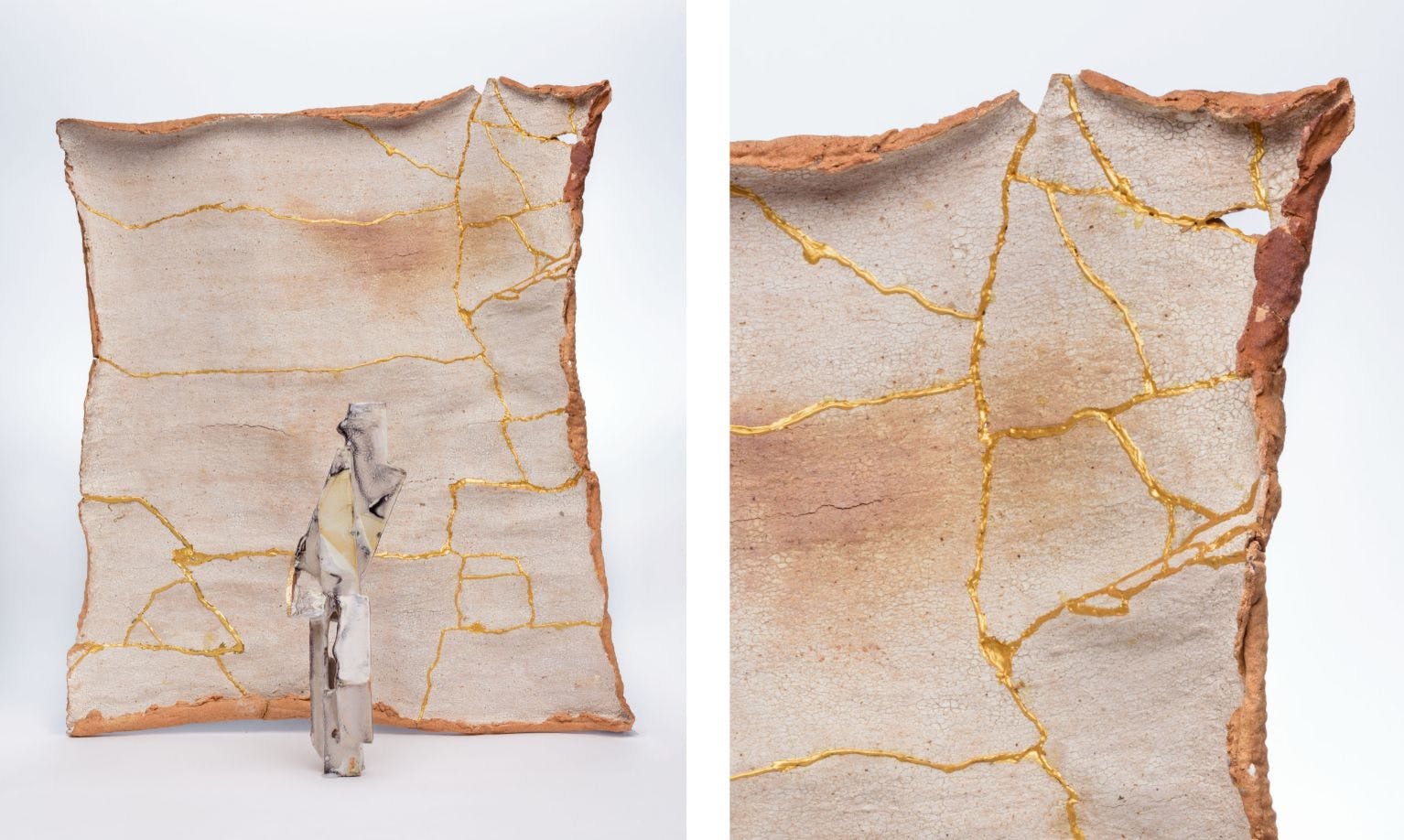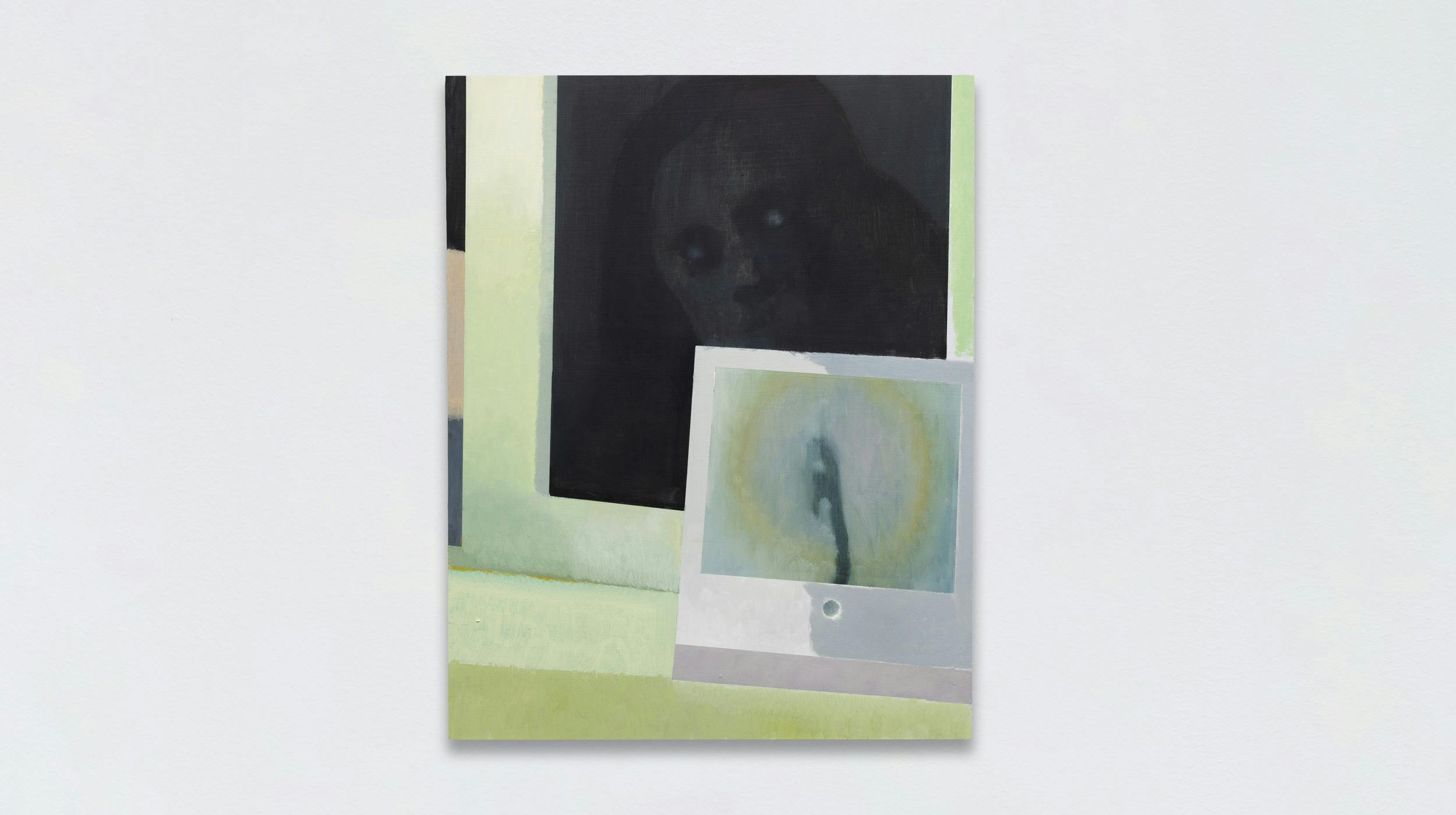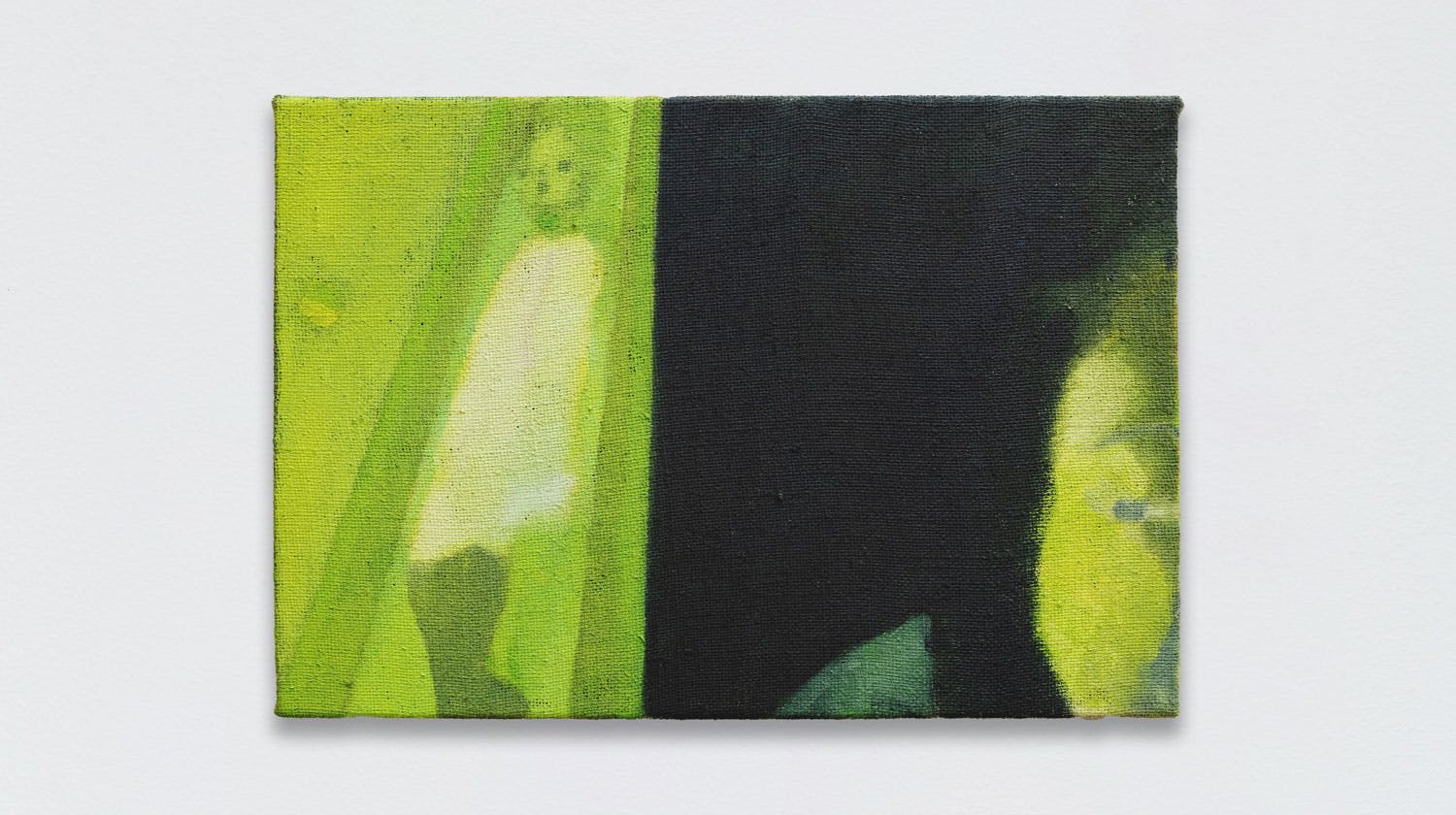Published July 28, 2023
Uncanny Feelings: Donna Honarpisheh, Guest Curator
Testudo’s Guest Curator series is an ongoing collaboration with invited curators who select works from our platform based on a theme related to their respective research interests. Here, Donna Honarpisheh discusses a group of five works by Kevin Mosca, Lili Chin, Anna Ortiz, and William Matheson.
Donna Honarpisheh is a curator, writer, and scholar based in Miami, FL. Her research focuses on 20th-century modernism and critical theory. She has taught undergraduate courses in Global Modernism and Comparative Literature at the University of California, Berkeley, Sarah Lawrence College, and Fordham University. Her forthcoming exhibition, Ahmed Morsi in New York: Elegy of the Sea, opens on December 5, 2023. Honarpisheh is also the host of the arts and culture podcast, Tomorrow is the Problem.
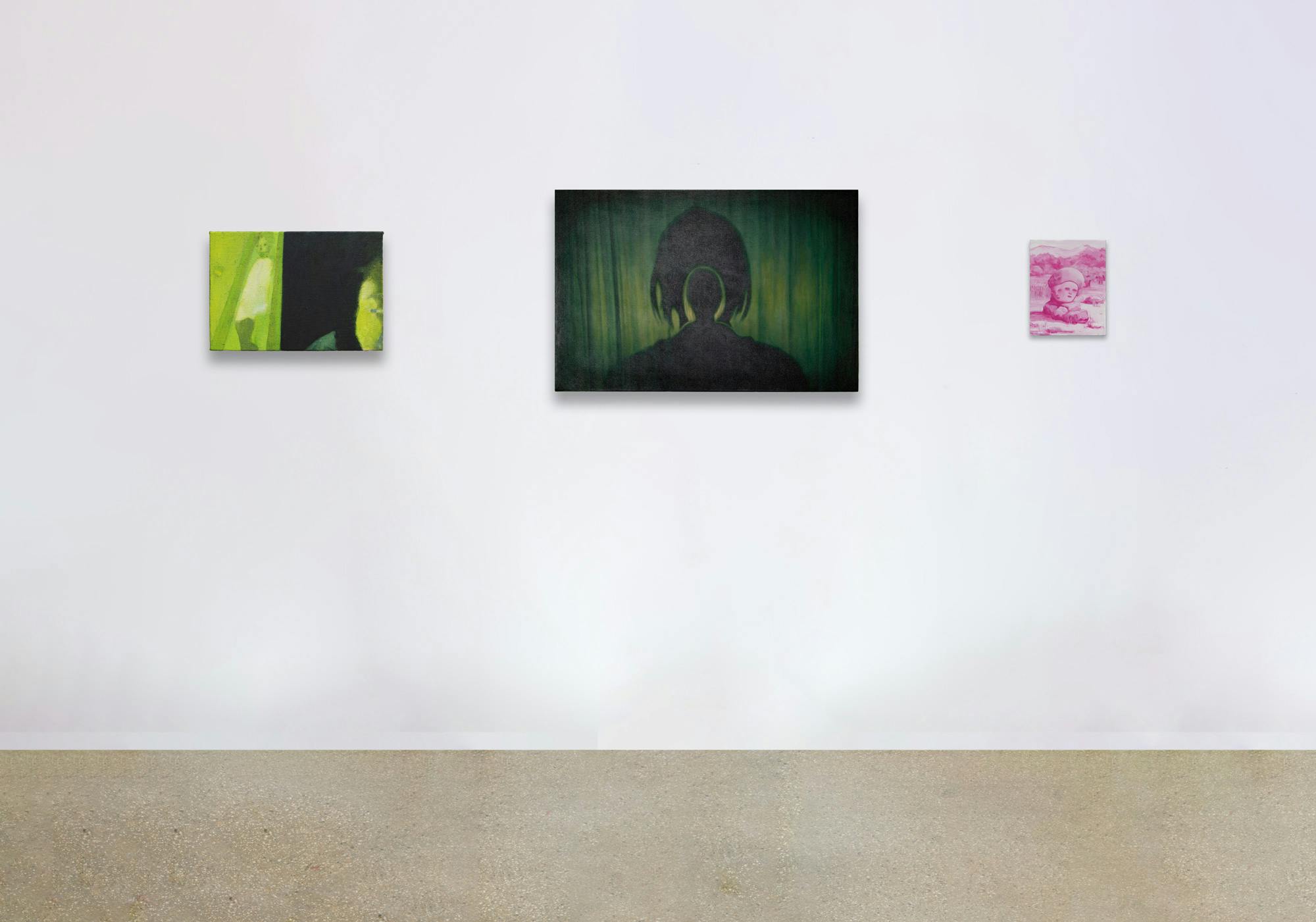
The uncanny. Often confused with fear, the uncanny is a term defined by its ambiguity. In his 1919 essay “Das Unheimliche,” Sigmund Freud cites Friedrich Wilhelm Joseph von Schelling’s description of the uncanny as “the name for everything that ought to have remained … hidden and secret and has become visible.” The eeriness of the feeling relates to the contradictory experiences of both that which is familiar and congenial as well as that which is unfamiliar, untimely, and repressed. This is an arena in which the boundaries between the imagination and reality are effaced. The work of art is therefore not just suitable but uniquely capable of generating this sense not only through the easily decipherable symbols of ghosts or scarecrows, but also in how art reflects an emotion or experience that exists beyond language.
Building on these ideas, Uncanny Feelings is a selection of works that play with the feelings evoked by the uncanny in their experimentation with respective textures, subjects, and forms. These artists probe ideas of absence, haunting, the mysterious, ghostliness, and the otherworldly—and how art can be a vehicle to convey these notions.
Working across painting, sculpture, and varying media, these artists are attuned to the psychic qualities of the uncanny, creating works that transcend realist modes of representation and how this forms the experiences of perception in their work. Drawing on familiar themes and subjects like landscape, nature, domestic scenes, and objects of play, these artists defamiliarize them for the viewer—foregrounding the relationship between medium, material, and the unknown or unseen. As such, these works also generate a dynamic relationship with time, existing in the present while also invoking elements of the past and uncertain futures.
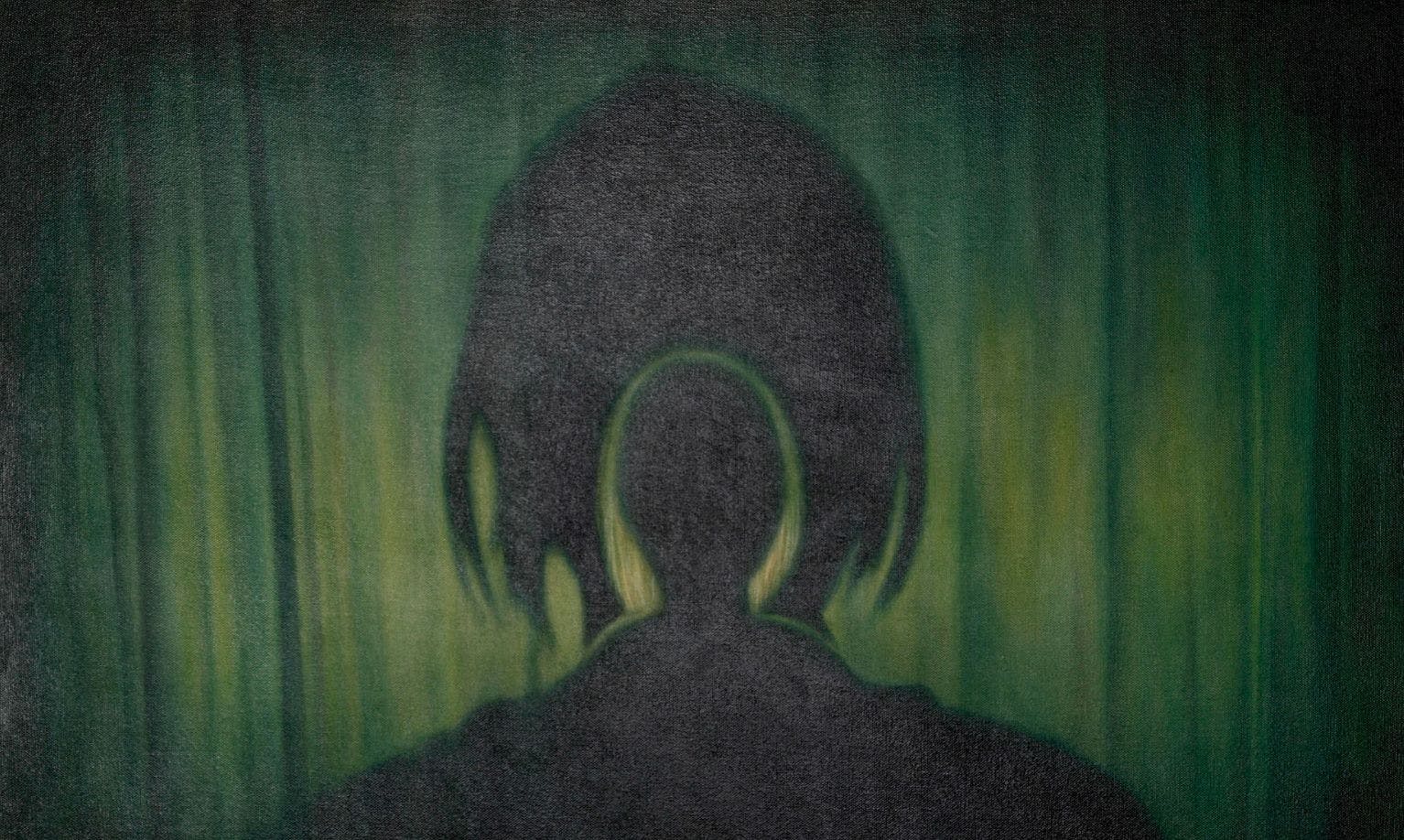
Kevin Mosca plays with the invisible in Behind This Curtain (2022), putting forth a “figure” within the central figure of this depiction. Mosca’s oil painting blurs the bodies of these multiple subjects— creating obscurity around who is occupying who. This work conjures up the question of the unknown within the self, expressing both a psychic unknown and the ghostly other. Mosca summons the fundamental opacity that characterizes the psychological uncanny.
In Lili Chin’s Blind Skin Surface Tension (2019), the artist plays with the idea of fracture and repair through the convergence of elements that create a tableau of objects. Chin’s piece foregrounds the breaks and cuts in her work, raising that which might otherwise be hidden to the surface. Bringing together ceramic, terra sigillata, low-fired stoneware, and porcelain, Chin molds them into strange vessels that appear as though they emerged from another world and era—using repair as a means of reflecting on the archaic and the new. Chin explores the ways in which objects as well as their substances carry associations with distant places and time lost, attributing them to a spirit beyond their use.
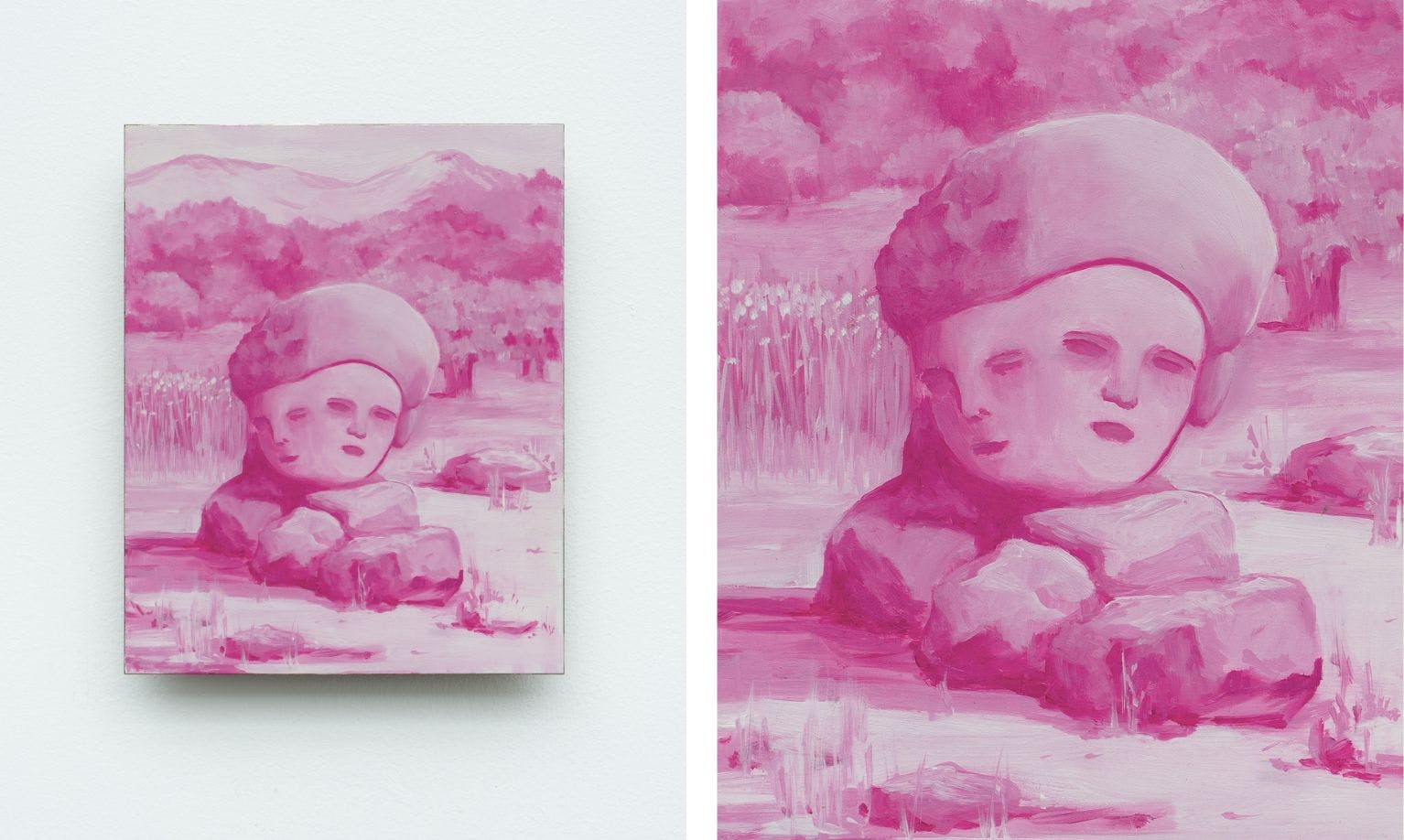
Not unlike Mosca’s canvas, Anna Ortiz’s Dual Citizen (2019) deploys a “double,” an element of the uncanny that invokes the repressed consciousness that exists within. Appearing as a mystical intrusion amid the landscape, Ortiz’s double is at once an embryonic deity that demands reckoning as well as a central force in the painting. Ortiz’s double, however, also invokes the feeling of dual identities while exploring the parts of oneself that remain concealed and yet fundamental.
William Matheson’s striking paintings, Visitor (1) (2021) and Eidolon (2023), deal directly with the idea of the spectral through either objects left behind or gothic figures. Matheson creates compositions that de-center the gaze, guiding the viewer across the composition, paralleling a paranoid view on and off the canvas. These paintings contain images within images, framed either by windows, curtains, or polaroid pictures, centralizing ways of looking: fearful, haunting, and looming. Figures appear fractured or caught between multiple planes and layers, giving the scene a claustrophobic and uneasy feeling.
